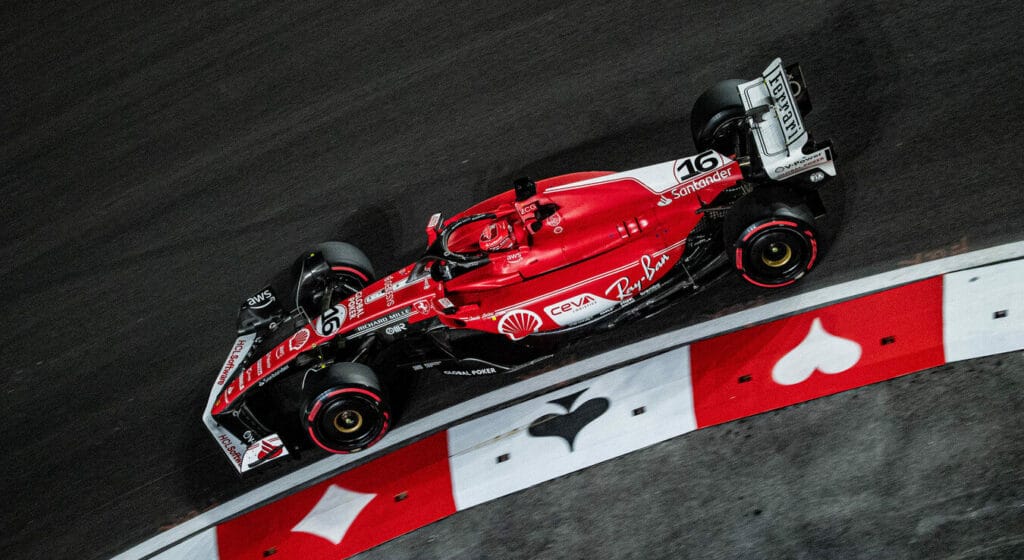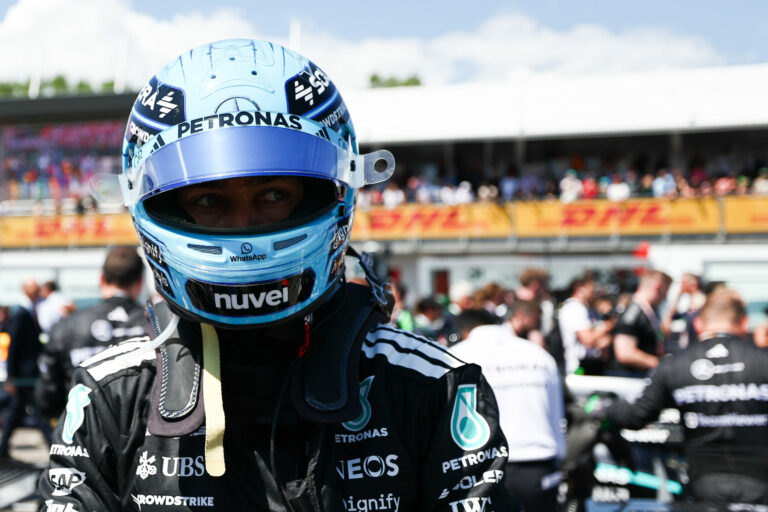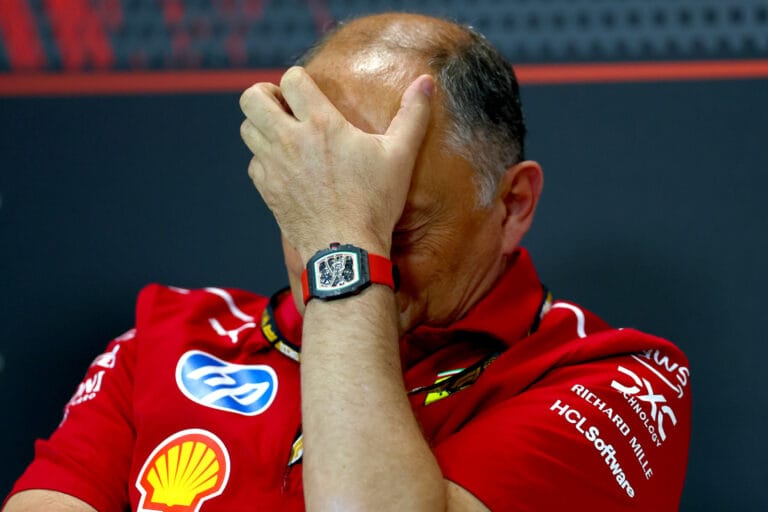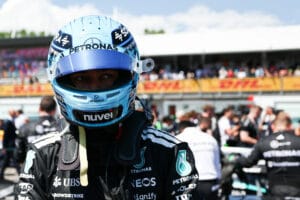This weekend, Formula 1 heads to Fabulous Las Vegas for the eponymous Grand Prix. Since 2023, the entertainment capital has been the backdrop for the third race on American soil. The street circuit presents unique challenges for the teams and drivers. Ferrari’s simulator engineer, Erik van der Veen, explains how Scuderia prepares for this challenging track and the key role the simulator plays in this preparation.
On paper, the Las Vegas Street Circuit appears relatively simple. The track consists of only five series of turns and is primarily composed of long straights. However, Van der Veen emphasizes that in practice, it is a highly technical circuit. “The corners are slow and require a lot of precision, with large braking zones that need to be perfectly timed,” he shared in a preview with Ferrari. “And all this at speeds of over three hundred and forty kilometers per hour. Moreover, you enter some corners blind and – because the circuit is in a city – the slightest mistake can send you into the wall.”
In addition to the technical challenges, the location and weather conditions also play a significant role. “Temperatures can quickly drop below 10 degrees Celsius, making it difficult to get the tires into the right working window,” Van der Veen said. “Especially on the long straights, the rubber can cool down very quickly.
The Simulator as a ‘Powerful Tool’
This year, Ferrari can benefit from the track data collected in 2023. Last year, the team had to work with drawings. “We now have a fully accurate track model, including asphalt and surroundings,” says Van der Veen. He explains that drivers Charles Leclerc and Carlos Sainz can already optimize their driving style and settings in the simulator. “The simulator is an extremely powerful tool, especially in unexpected circumstances,” the Breda native added. “The sessions not only help the drivers get to know the track, but also adapt to variable conditions, such as changes in temperature or wind.”
Even during race weekends, the simulator remains a valuable tool. For instance, Ferrari has a third driver who analyzes the data from the free practice sessions and can reproduce them exactly in the simulator. “We focus on optimizing the balance and driving behavior in the tight corners,” explains Van der Veen. “Moreover, the simulator offers the opportunity to take risks without causing real damage. This helps us simulate different scenarios and give the drivers the confidence to get the most out of the car.”


